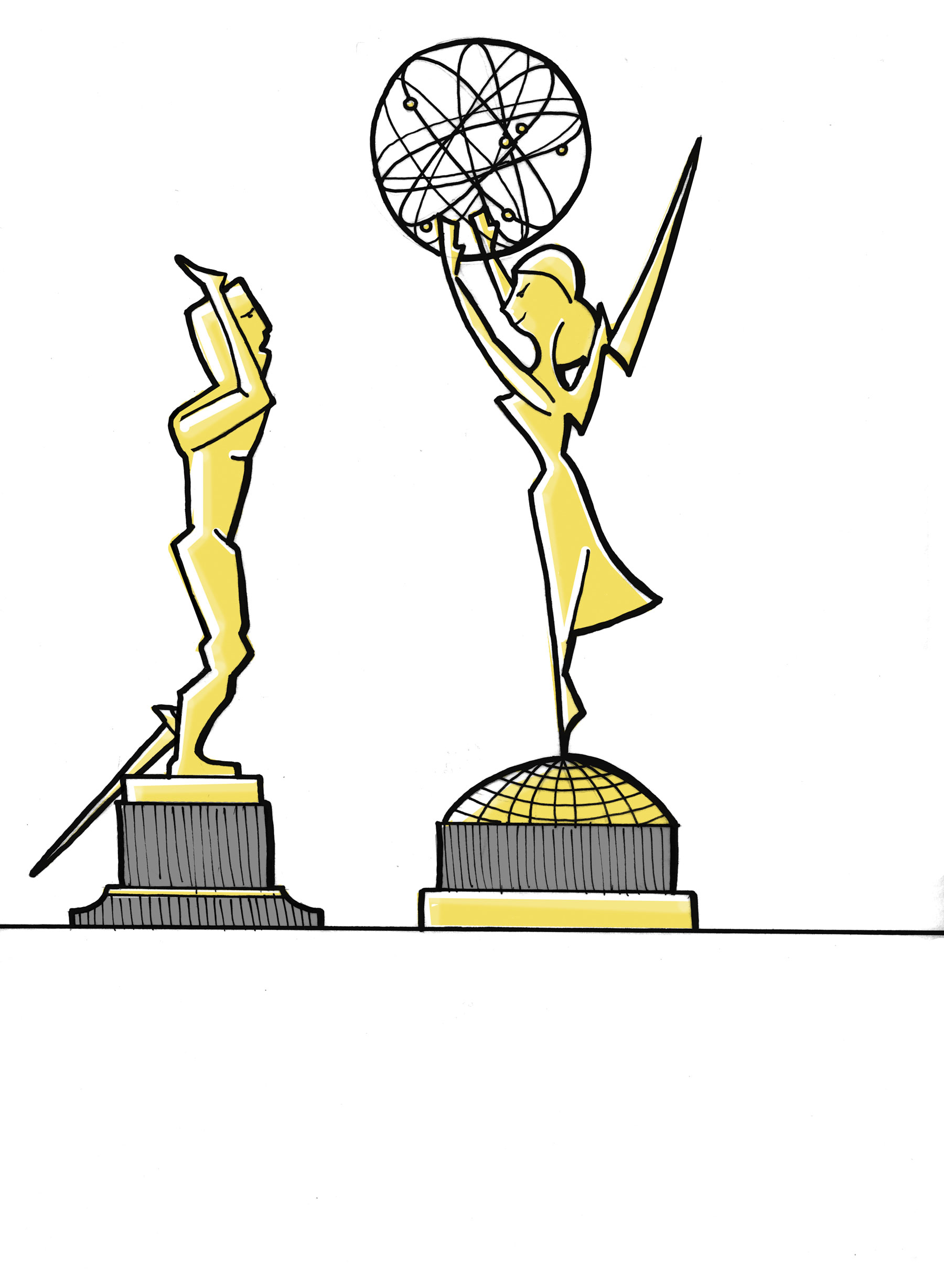The value of the silver screen

By Christina Humphreys
Sept. 17, 2010 12:16 a.m.
The fall premiere season is well underway, and it seems that Americans are more excited to sit on their couches (or dorm-room beds) and watch television than they have been for a long time. If it seems like television is more entertaining and compelling than it was in the past, it’s no fluke.
Erin Hill, a doctoral student in cinema and media studies, believes the perceived phenomenon is largely due to the “cinematization of television.” There are several creative, technological and economic elements causing TV to look and feel more like film.
“The shift is away from “˜Cheers,’ which was made for the lowest common denominator, to be understood by everybody, something everyone could enjoy,” Hill said.
“Cheers,” a highly rated situation comedy that ran for 11 seasons from 1982 to 1993, chronicled a group of friends who routinely gathered at a local bar to vent and advise one other about their trials and successes, not a far cry from many Americans’ lives.
But studios started to take risks on shows they knew might only resonate with a subset of the population.
“Cable channels (in particular) are making far more niche programming ““ they’re willing to make something challenging,” said Jace Lacob, who runs a blog called Televisionary and writes about TV for the Daily Beast and the Los Angeles Times.
He said he thinks that audiences are helping to change the course of the industry.
“On the part of the public, there’s more of an understanding that TV can be more than commercial, it can be artistic,” Lacob said. “People are challenging preconceptions about what TV can do and should do and what it can do in the future.”
Hill cites shows such as NBC’s “Miami Vice,” which ran from 1984 to 1990, and David Lynch’s “Twin Peaks” on ABC in 1990 as important contributors to the paradigm shift that followed.
But both Lacob and Hill agree that HBO was the main pioneer in making television what it has become, with hits such as “Sex and the City” and “The Sopranos.”
They suggest that HBO took the stigma out of TV and that it has been helping to conquer the notion that television is less respectable of an art form than film. Hill, who has studied the network behind the “It’s not TV. It’s HBO” slogan, believes HBO made the way for cinematized television.
“In the late ’80s, they started hiring great directors and doing almost art cinema as TV,” Hill said.
One aspect of the latest phenomenon is the influx of talent crossing over from film to TV, such as Anna Paquin in “True Blood” and Glenn Close in “Damages.”
“Many actors don’t want to do mindless films, they want intelligent characters they can really sink their teeth into,” Lacob said. “They’re always going where the quality is. They want to be challenged, they want to have meaningful work. They’re seeing less opportunity for compelling roles (in film), and TV gives them the opportunity to play a character over at least 13 episodes.”
Long-term character development is indeed an advantage that TV has over film, and it’s an element that shows have been playing up in recent years.
“They’re using the power of your affection for the characters,” Hill said. “It’s the soap opera narrative structure. They hook you on characters you know and like, then drag the plot out.”
Even in situation comedies, in which most of the entertainment value comes from jokes that scarcely rely on previous weeks’ content, story lines that span multiple episodes and even seasons can add depth to the viewing experience.
Other big changes in TV, such as the elimination of the laugh track, are changing the tone in much of the latest programming. Most TV used to be shot with three stationed cameras filming continuously from different angles, and scenes would be constructed of clips from the various vantage points. Now many shows are made with a single camera that moves according to the subject, like a movie.
“It takes a week to shoot, there’s no studio audience, and it’s way more expensive,” Hill said.
TV production is becoming more and more like film, and thus incurs many of the same costs. International sales and syndication deals have helped recoup production costs in the past, but those markets have declined significantly. The new game is to make money off of viewers who aren’t tuning in the traditional way.
“Ad money is being split more equally between traditional and new media,” said Michael Clarke, a doctoral student in cinema and media studies. “More than anything, this will change how television is made and how it is distributed.”
According to Lacob, this redistribution is a tricky business.
“It’s great that we’re not chained to watching at Friday night at 9 p.m., but the industry needs to find a way to count viewers,” Lacob said. “We’re offering people more ways to consume media than ever before, and in one way it’s fantastic. But it’s also a scary thing because they haven’t figured out the economics.”

